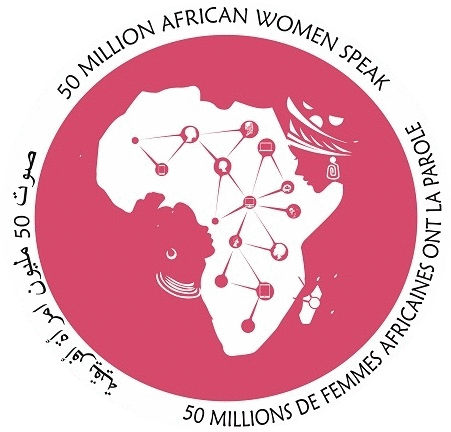Access to Markets - Madagascar
- Madagascar
- Resources
- Market Information
- Access to Markets
Local market information in Madagascar
Potential access to a global market of over 600 million consumers
In July 2017, Madagascar signed the Tripartite Free Trade Agreement (TFTA), which combines SADC, COMESA and the East African Community (EAC), comprising 57% of the total African population. The objective of this agreement is the accelerated establishment of a free trade area (FTA) encompassing the member/partner states of the three organizations with the main objective of creating a single customs union.
Its membership of several international organizations with a regional vocation (COI, SADC, EAC, COMESA, etc.) gives it access to the free trade zones of these organizations, totaling more than 600 million potential consumers. Investing in Madagascar will give investors access - in addition to the country's competitive advantages - to these high-potential free trade areas.
Madagascar 's main trading partners are France, China, the United States, the United Arab Emirates, India, Germany, South Africa and the Netherlands. While the European Union is by far the largest customer of Malagasy products, exports to member states of the North American Free Trade Agreement were strongly boosted in 2017 following the decision of the United States to reinstate Madagascar in its trade preference program “Africa Growth and Opportunity Act – AGOA”
Preferential customs provisions to facilitate market access
Madagascar's eligibility for the African Growth and Opportunity Act (AGOA) with the United States and the signing of the Economic Partnership Agreement (EPA) with the European Union allows companies in the country to export to these markets duty-free.
Multiple investment opportunities in high potential areas
Thanks to a bold sectoral strategy aimed at promoting sectors with strong comparative advantages, Madagascar offers a range of opportunities in the field of tourism, agro-industry, mining, textiles, ICT, renewable energies, infrastructure.
Madagascar has many competitive advantages
- Labor costs (US$50/month), C
- Cost of electricity (US$0.166/kWh in 2016) and water (US$0.30/m3 in 2016).
- For industrial use, rental price for industrial sites (US $ 2.00 / m² / month),
- Availability of quotnaturalquot materials and low-cost inputs, ease of resource exploitation (eg surface mining, natural conditions for agriculture and infrastructure), etc.
- Internet connection value, which ranks second in terms of speed in Africa is beneficial to investors.
Highlights
- Madagascar has a particularly dense and varied mining, agricultural, energy and fishing potential, which must be exploited.
- The uniqueness and richness of its biodiversity: the biodiversity rate is 90% (No. 1 in Africa), endemicity rate is the highest in the world).
- Members of IOC, SADC, EAC, COMESA: Access to free trade areas of these organizations, totaling over 600 million potential consumers.
The main potential sectors of the Malagasy market
- Rice, Cassava, Maize sector
- Vanilla sector
- Cocoa sector
- Essential oils sector
- Coffee sector
- Pulses sector
Typical Market and Price Trends in Madagascar
Rice :
- Dominant commodity in Madagascar, both in terms of total area cultivated and consumption per person.
- 90-95% self-sufficient in rice production,
- Surplus production in the regions: North, West and Central regions.
- Seasonal calendar in Madagascar: July to June,
- Main rainy season: between November and March.
- Main rice harvest: from April to June which provides 80% of the annual production
- Secondary rice harvest: from December to March, i.e. 15% of national production
- Other staple foods harvested during 2nd rice harvest: sweet potato, cassava, etc.
- On average: Import of rice of 300,000 tonnes/year resulting in local demand and localized gaps
- Imported rice volumes: more significant from November to March in the main ports of Toliara and Toamasina.
- India and Pakistan: main suppliers of nearly 80% of the rice imported into Madagascar.
- Dependence on rice imports during the lean season: December to February in the South, and March to May in the North and Center of Madagascar
The manioc :
- 2nd most important staple food
- Average annual production: 03 million tons
- Self-sufficiency in cassava production
- 50% in the annual production of the southern regions of Haute Matsiatra, Androy and Anosy
- Harvest all year round
- Highest production and lowest prices: April to June when local markets are relatively well supplied with other key staples such as rice, maize and sweet potato
The corn :
- 3rd staple food and second most consumed cereal in Madagascar
- Average annual production: 400,000 tonnes
- Main harvests: March to May - can supply local markets until the end of September
- Corn grain prices are at their lowest and stable: May to September
- Price increase: October with the start of the main planting season hence the peak between January and February
Conteúdo da Web composto com o conectado HTML on-line wysiwyg gratuito . Assine uma assinatura para remover mensagens promocionais dos documentos editados.





